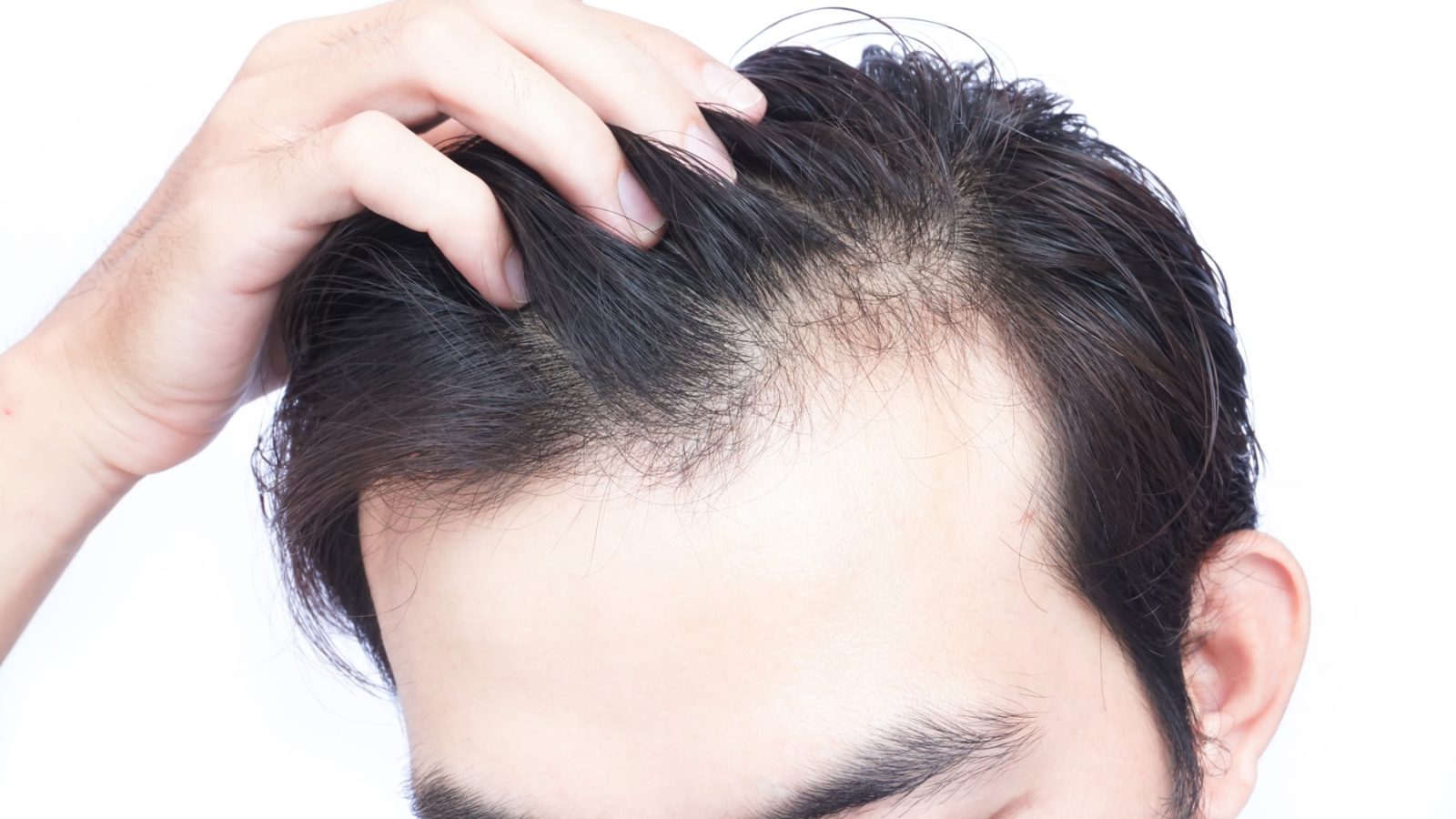Hair loss and thinning hair are natural parts of aging, but they can also be caused by a medical condition or a scalp trauma. Some individuals who have hair loss may choose a hair transplant for aesthetic or reconstructive purposes. So, what happens during a hair transplant procedure?
During a hair transplant, a surgeon would take follicles from an area where healthy hair follicles are, such as the back of the head, which will be referred to as the donor area. They then insert the follicles in the balding scalp region.
Types of Hair Transplant
There are two main techniques for hair transplant:
- Follicular unit transplant (FUT)
A strip of skin will be removed from the donor region and the incision will be closed with stitches with this method. They will next use a microscope to split the donor skin into small follicular units containing one or more hair follicles, which will be inserted into the appropriate location.
- Follicular unit extraction (FUE)
The surgeon will pluck follicles from the donor region with a small punch instrument with this technique. Although some scarring will result from this operation, it will be less visible, and the client will likely not require sutures.
Both methods are successful, but in some circumstances, they provide distinct outcomes. FUE hair transplant takes more expertise and time than FUT, but it may potentially deliver excellent results if the surgeon is well-versed in the method. FUE is also the most preferred technique when it comes to the hair transplant in Turkey.
Success Rates
Hair transplants are successful treatments for regrowing hair after a variety of reasons of hair loss. The success rate of hair transplant surgery is determined by a variety of factors, including the surgeon’s ability and expertise, as well as the thickness of the donor’s hair. However, the majority of those who had FUE hair transplant surgeries mention that they are happy with the outcomes.
Do Hair Transplants Last?
A successful hair transplant results in thicker-looking hair and in most cases, hair transplants turn out to be very successful. Some patients may, however, continue to have hair thinning and loss following the surgery, giving their hair an unnatural or uneven appearance. Those people may require follow-up transplants for longer-lasting benefits. You need to follow your surgeon’s post-procedure recommendations for the greatest outcomes after a hair transplant procedure.
What happens during a hair transplant?
You can expect a hair transplant to take between four and eight hours. If you are having a large amount of hair transplanted, you may need to return for a few hours the next day.
Most patients remain awake during the entire surgery and need only an anesthesia that makes the scalp numb. Some patients also take a mild sedative to help them relax.
The surgery begins with your dermatologist removing the healthy hairs. To give you natural-looking results, your dermatologist may remove the healthy hairs by either cutting a strip of skin with healthy hairs from your scalp or removing individual hairs.
The second option takes a lot more time, but avoids leaving a long, narrow scar on your scalp. This can be beneficial if you prefer close-shaven haircuts like buzz cuts.
Before the surgeon can transplant the hairs, technicians need to prep the removed hairs and the surgeon must get your scalp ready for the transplant.
Depending on the number of hairs to be transplanted, two to three members of the hair transplant team may help place the healthy hairs into the area that needs hair. Once all the hairs have been transplanted, your scalp will be bandaged and you will be given instructions for at-home care.
When do patients see results from a hair transplant?
Most patients see results between six and nine months after surgery. For some patients, it takes 12 months.
It’s important to know that between two and eight weeks after the surgery, the transplanted hair will fall out. This is normal. By the third month, the hair may look thinner than before you had the transplant. Again, this is normal.
Medicine can help you keep the results
To get the best results from a hair transplant, your dermatologist may recommend medicine that treats hair loss. Medicine helps because hair loss and thinning can continue, even after a hair transplant.
Medicine can prevent or slow down new hair loss and thinning. By doing that, you can keep your natural-looking results for years to come.

